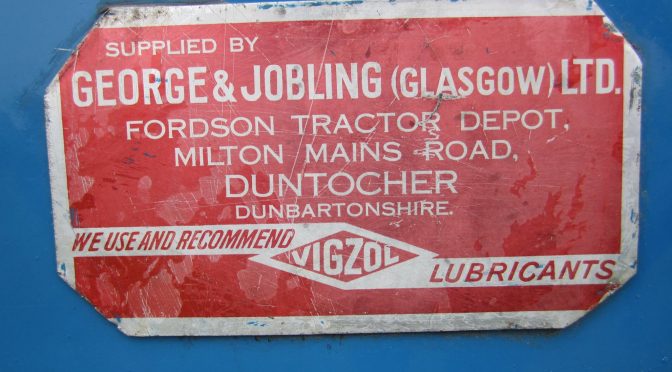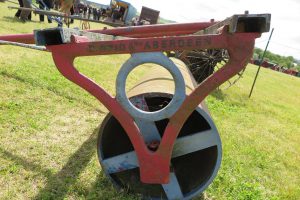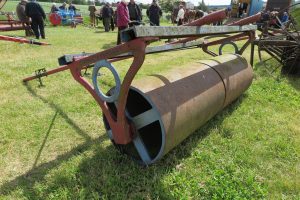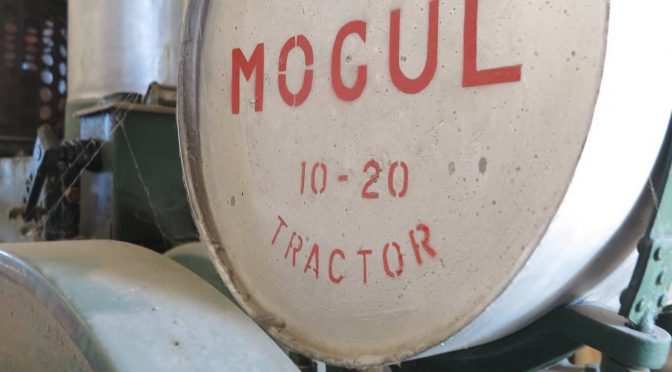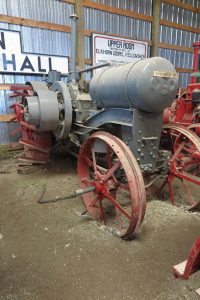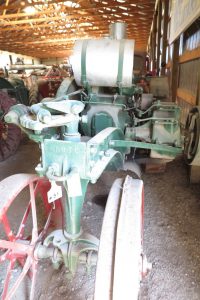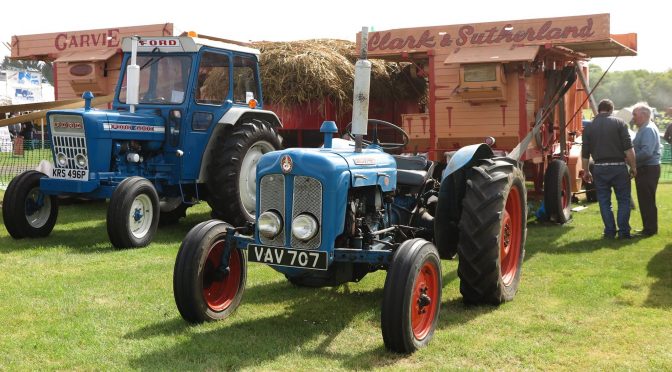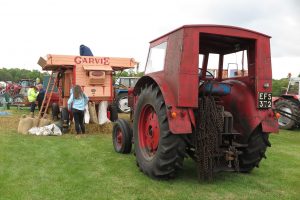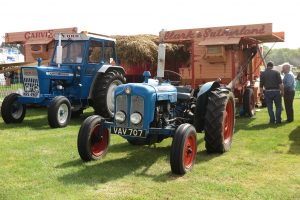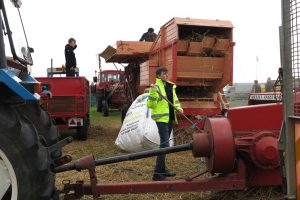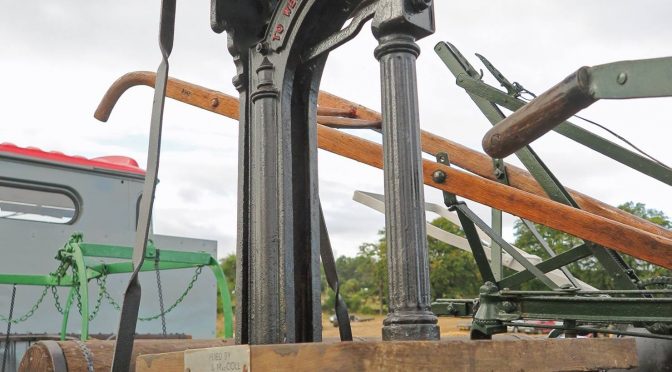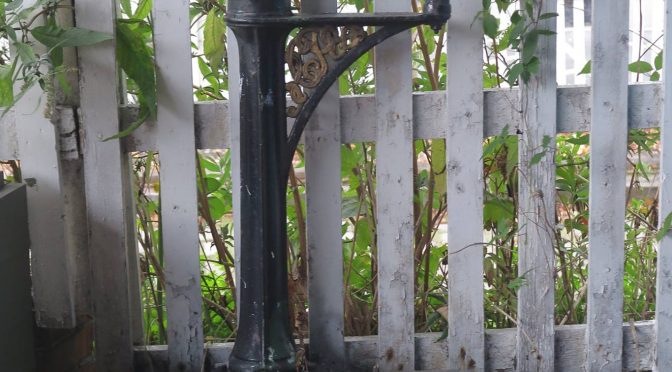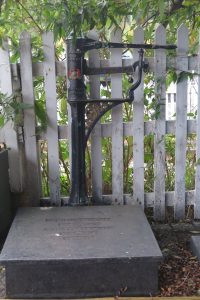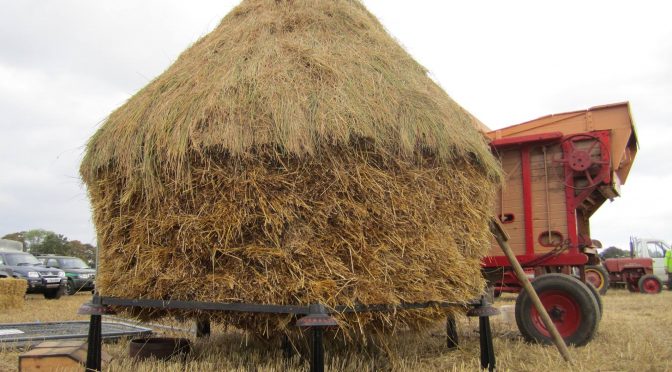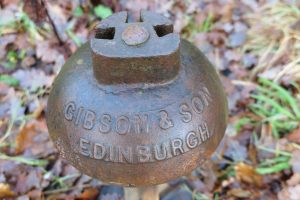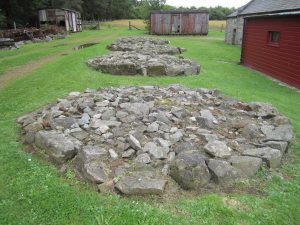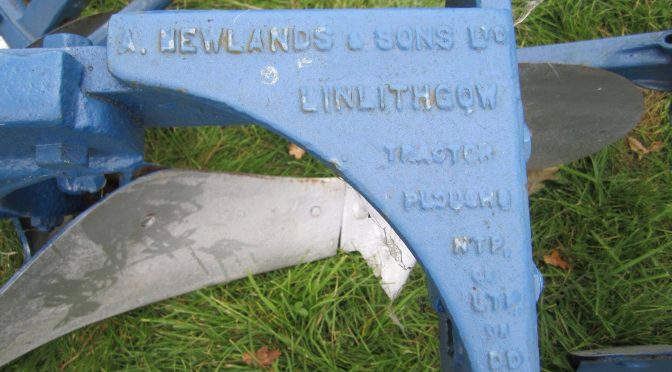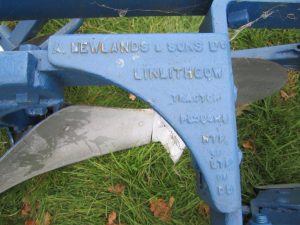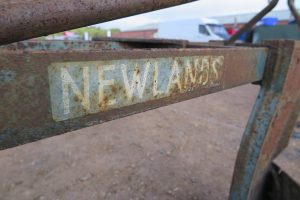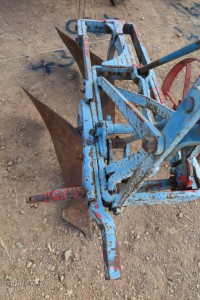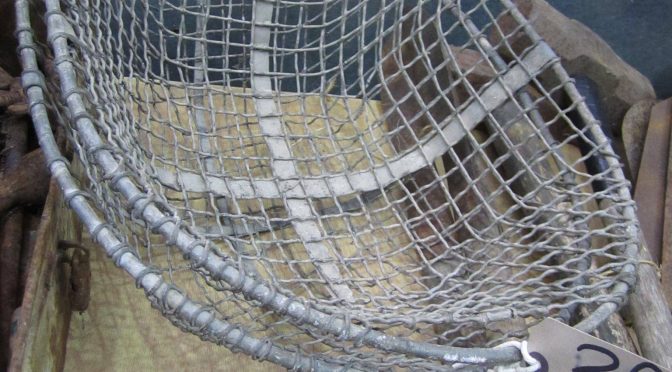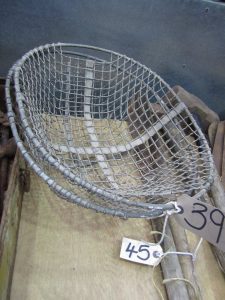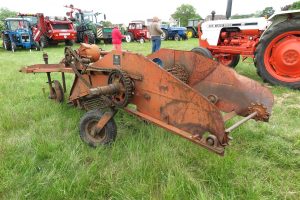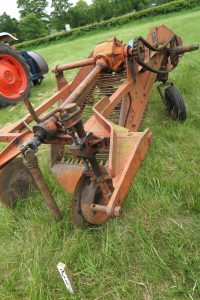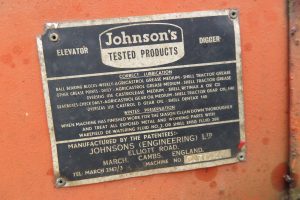The company of William and Thomas Avery of Birmingham is a household name in weighing machines and apparatus. The chance is that you will have seen one of their weighing machines on a farm – or even in the household kitchen.
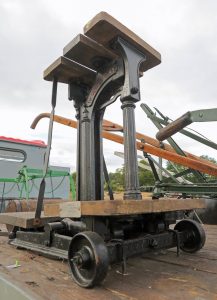 While an English company, closely associated with Birmingham, it had a presence in Scotland and was one of the key makers and sellers of weighing machines. Its presence was already established in 1886 when a branch was established at 8 and 10 Stockwell Street, Glasgow, in 1886. A further one was set up at 38 Robertson Street, in the city, by 1889, where the premises was enlarged to embrace numbers 28, 38 and 40 by 1891. By 1895 the company had established a Scottish works, known as the Patrick Weighbridge Works.
While an English company, closely associated with Birmingham, it had a presence in Scotland and was one of the key makers and sellers of weighing machines. Its presence was already established in 1886 when a branch was established at 8 and 10 Stockwell Street, Glasgow, in 1886. A further one was set up at 38 Robertson Street, in the city, by 1889, where the premises was enlarged to embrace numbers 28, 38 and 40 by 1891. By 1895 the company had established a Scottish works, known as the Patrick Weighbridge Works.
Expansion continued, and by 1898 the company had a presence in the east of Scotland, at Edinburgh, where it had opened a shop at 23 Bread Street; by 1909 a further Edinburgh address was at Victoria Street. Further premises were opened: by 1904 there was one at 69 Back Sneddon Street, Paisley, and at 4 North Street, Aberdeen. By 1909 there was also one in Dundee at 42 Castle Street. A shop in Ayr was set up by 1911 in the Butter Market, at 90 High Street. In 1913 the company advertised that it had “branches in the principal towns throughout the Kingdom”. In the 1920s and 1930s they included Aberdeen, Alloa, Ayr, Coatbridge, Motherwell, Dunfermline, Dundee, Edinburgh, Glasgow, Govan, Greenock, Inverness, Kirkcaldy, Paisley.
During its expansion, it brought over at least one existing Scottish weighing maker: A. Wood and Sons, by 1897. It continued to note that take over in its directory entries for the next couple of years. In 1885 Alexander Wood & Sons of Stockwell Street, Glasgow, had described the Glasgow Weighing Machine Manufactory as the oldest Glasgow house. As a key manufacturer of “every description of weighing apparatus”, it shared a range of activities with Avery; it was also a key competitor.
Avery manufactured and sold a wide range of weighing apparatus: in 1899 it described these as “all sizes of weighing apparatus for railways, collieries etc, shop and store outfitters for grocers, butchers, weigh bridges, etc” By 1899 it described itself as “manufacturers of every description of weighing apparatus for agricultural purposes, &c; special machines for weighing grain in bags, farmer’s cattle machines, patent automatic machines for auction marts &c”. By 1934 this was as “manufacturers of modern weighing apparatus, testing and counting machinery; weigh bridges up to 300 tons for every purpose; special self-indicating machines for modern industrial weighing; platform weighing machines, beams and scales in all sizes, visible weighing and price computing scales”.
The company had a wide range of trades and skills which it undertook. Before 1914 the included: agricultural implement manufacturer; agricultural implement maker and agent; barter; barrow and hod maker; beam and scale maker; butchers’ outfitter; colliery plant manufacturer; engineer; engineers’ furnisher; japanner; machinery maker and millwright; machinist; mill furnisher; millwright; patentee; railway plant merchant; scale and beam maker; scale and beam manufacturer; steelyard maker; shopfitter; testing machine maker; tinplate worker and merchant; weigh bridge manufacturer; weighing machine maker.
Keep an eye out for Avery weighing machines around the rally fields. While they have an English company behind them, they also have a strong tradition of manufacture and sale in Scotland.
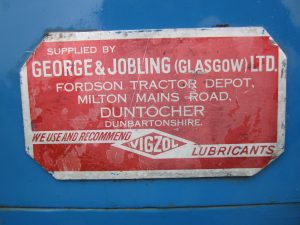 Readers in the west of Scotland will be familiar with the tractor dealer George & Jobling, 140-160 Bothwell Street, Glasgow, from the early 1950s onwards. By 1938 the company was a main Ford and Fordson dealer, holding that dealership until at least the early 1970s. It acted as tractor and implement agents, distributors and dealers, as well as motor car and commercial vehicle agents and dealers.
Readers in the west of Scotland will be familiar with the tractor dealer George & Jobling, 140-160 Bothwell Street, Glasgow, from the early 1950s onwards. By 1938 the company was a main Ford and Fordson dealer, holding that dealership until at least the early 1970s. It acted as tractor and implement agents, distributors and dealers, as well as motor car and commercial vehicle agents and dealers.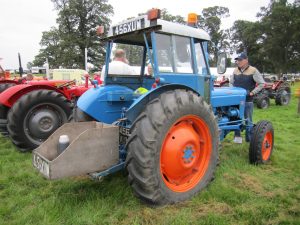 The company grew and expanded as tractors became more important on Scottish farms. By early 1961 it had set up a tractor depot at Milton Mains Road, Duntocher, where it later, as George & Jobling (Glasgow) Ltd, also continued its business. By 1964 it also had a depot at Uplawmoor Tractor Service Depot, and from 1966 had a branch at Smithy Lane, Lochgilphead, Argyll. Further change came in 1967 when the company was incorporated as George & Jobling (Scotland) Ltd.
The company grew and expanded as tractors became more important on Scottish farms. By early 1961 it had set up a tractor depot at Milton Mains Road, Duntocher, where it later, as George & Jobling (Glasgow) Ltd, also continued its business. By 1964 it also had a depot at Uplawmoor Tractor Service Depot, and from 1966 had a branch at Smithy Lane, Lochgilphead, Argyll. Further change came in 1967 when the company was incorporated as George & Jobling (Scotland) Ltd. 